Meet the golf course manager: Simon Marshall
Related Articles
Simon, from Wishaw Golf Club in the West Midlands, talks about his role during the pandemic, overcoming overseeding challenges and recent improvement projects to the course.
Wishaw Golf Club is an 18-hole, par 70 parkland course in the West Midlands with some excellent water features, undulating fairways and multi-tiered greens.
In recent years the facility has embarked on a number of improvements – the first hole has a new lake and raised green, three new holes opened in 2008 as holes 14, 15 and 16, extending the course by 301 yards, while in 2013 a newly evolved 11th hole was brought into play with the tee shot pulled back. In 2018 the seventh green was reconstructed, and holes two, four, five and 12 were redesigned. This year, several tees have also been rebuilt.
GreenKeeping speaks with course manager Simon Marshall, who details what it’s like working at a venue that is continually striving to improve.
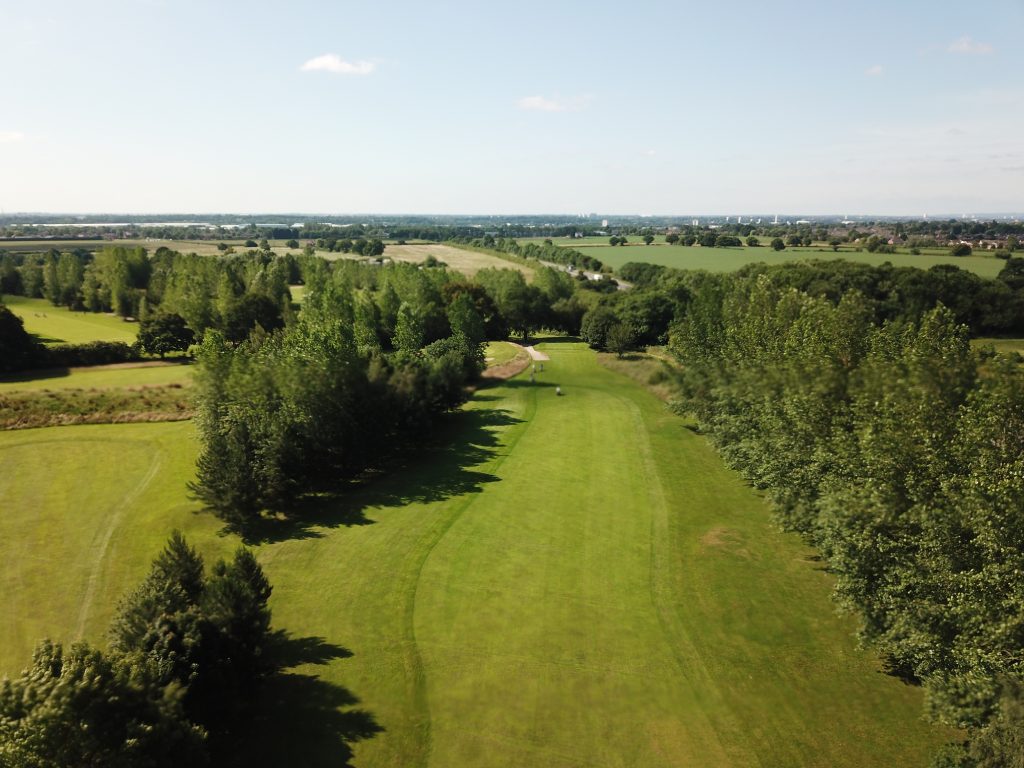
Hi Simon, how did you end up at Wishaw Golf Club?
I joined Wishaw Golf Club in 1995 after being a member for just over a year working for the local farmer who had just taken over after the previous tenants left. In 2019 I took over the day-to-day running of the course.
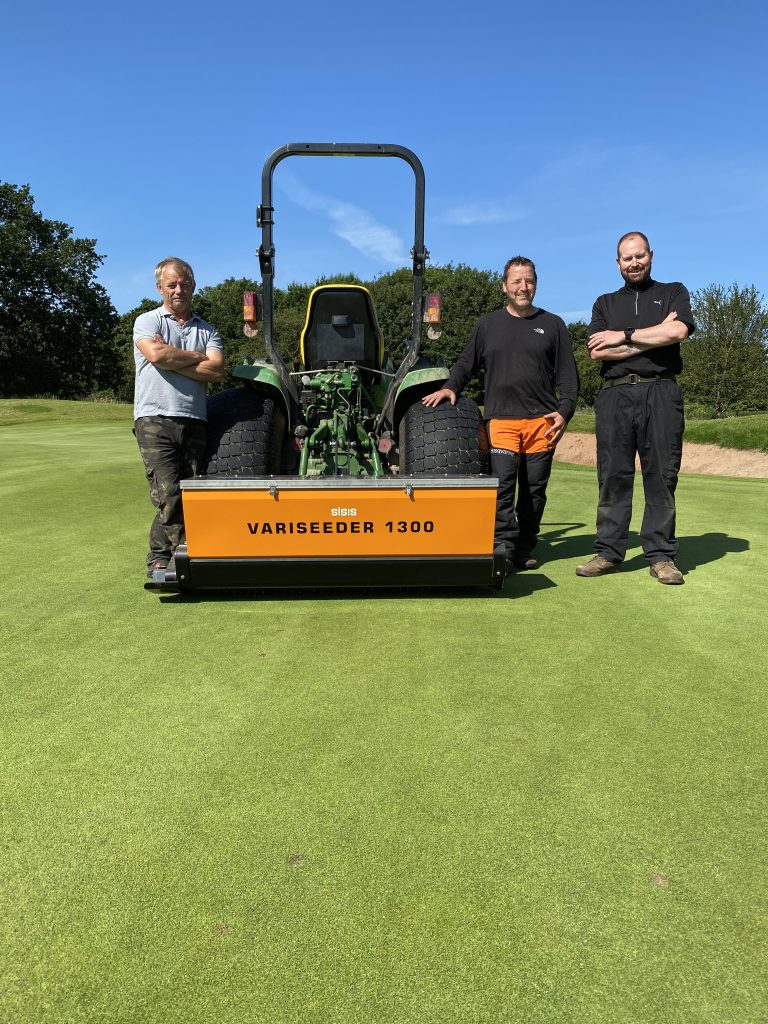
What is the overall size of your team?
We have, including myself, three main greenkeepers, but we have an extra person in the summer months. Two will mainly cut grass which will leave me free to do the strimming, bunker raking and so on.
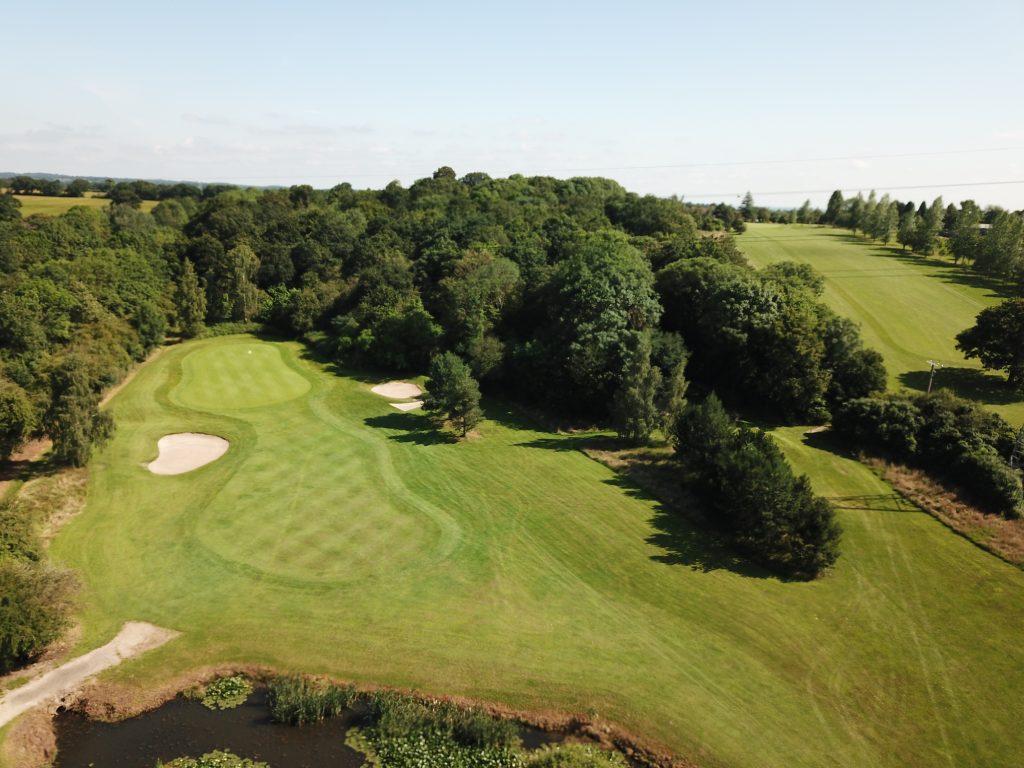
How did the lockdowns impact on you, your team and the course?
Just me and one other member of staff basically cut grass from March 2020 to when the first lockdown ended but also with no golfers, I took the opportunity to deep scarify the greens which was much needed.

What growth has the club seen by way of new members and how are things looking for the foreseeable future?
We have had a new influx of members and with the new improvements, things are going from strength to strength.
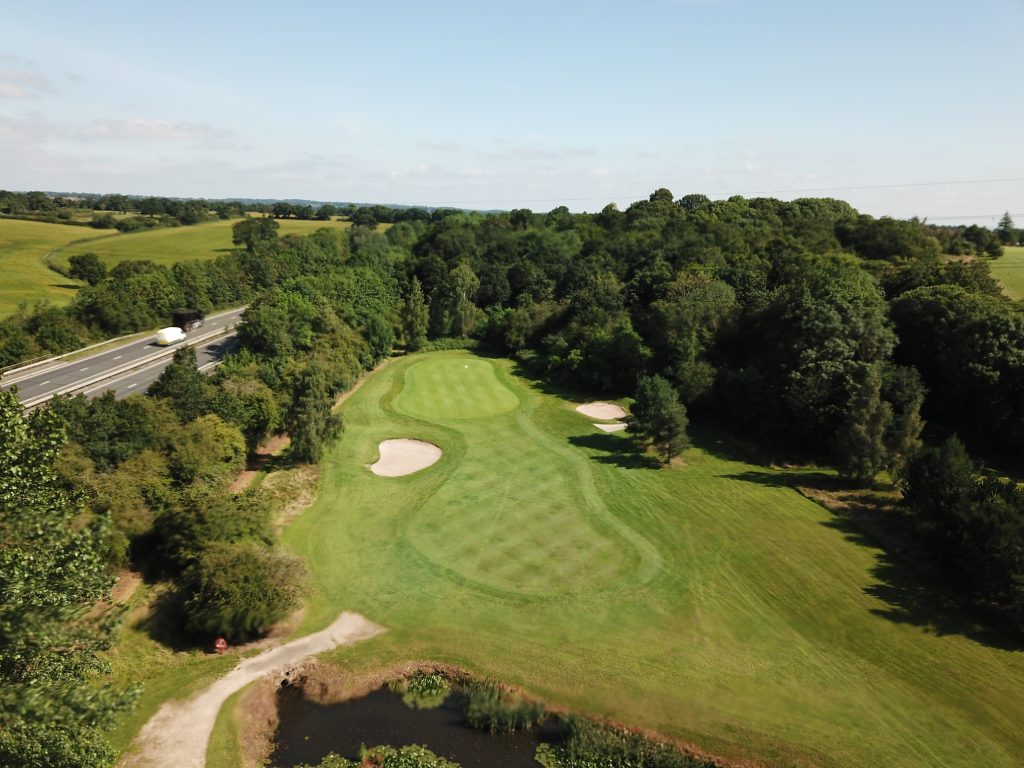
You have undertaken some bunker renovation, what problems were you facing, what work was undertaken, what outcome have you seen and are the members happy with the work?
We only did two new bunkers recently which were re-vetted. It all went well, and the members are all happy.
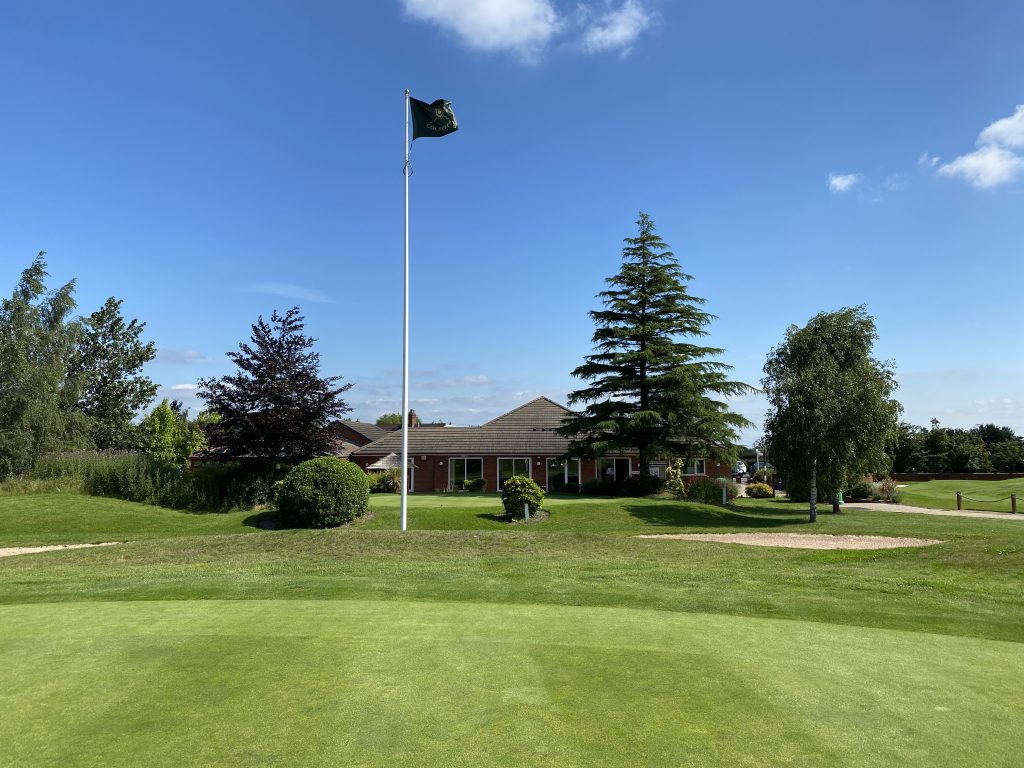
What overseeding programme do you run and to which areas of the course and what seed cultivars are you using?
We are overseeding the greens at the moment twice a year with pure bent, also the tees, mainly at the start of season and end of season, with divoting as much as possible.
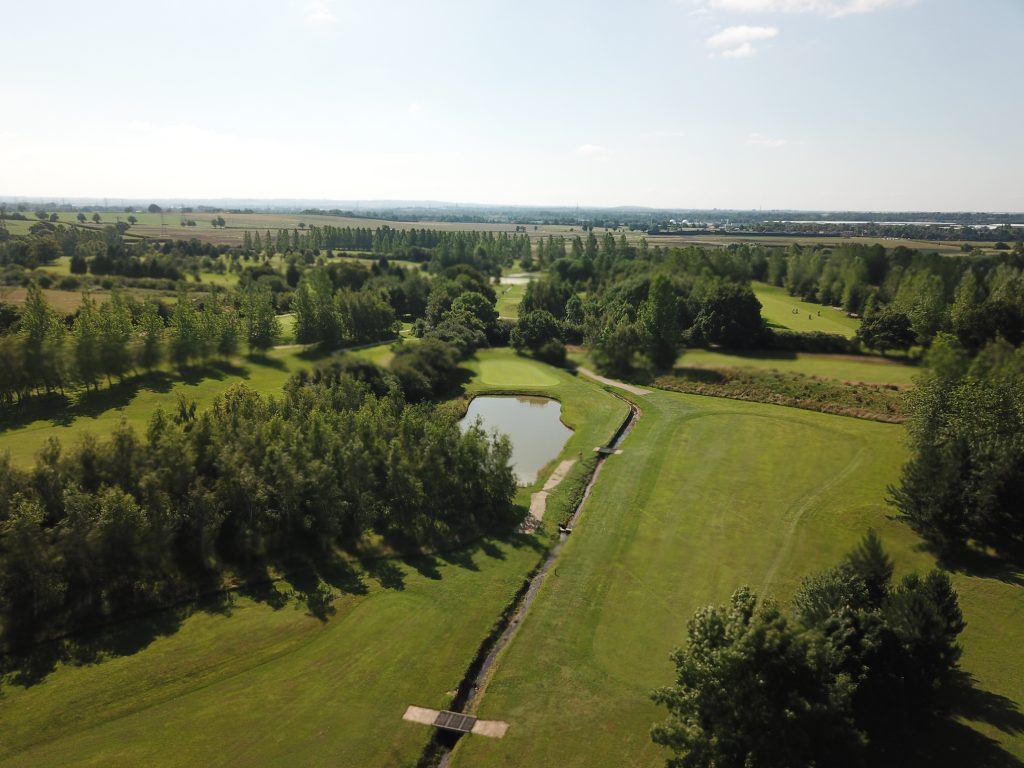
The club purchased a SISIS Variseeder, what were the particular aspects of the machine that initially attracted you?
We initially looked at a slit seeder but the disruption to the surface of the greens meant we couldn’t seed as much as we’d like to so the Variseeder which is simple and clean to operate was the perfect choice.
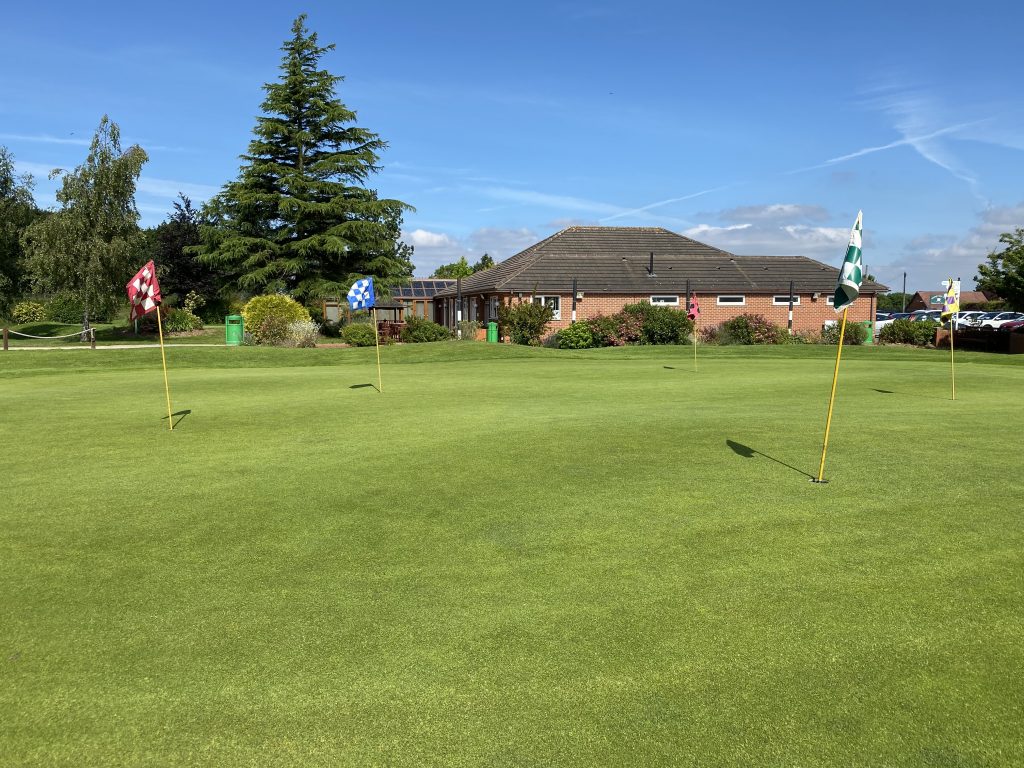
Where do you use the SISIS Variseeder across the course and how often do you use it? How easy does it make your overseeding, what seed coverage and level of germination is achieved, what has impressed you most and what results have you experienced?
We use it on greens and tees twice a year but are looking to use it as much as possible. The first time we used it we saw results in seven days which was in June 2021 when we first purchased the machine. It’s easy to use. We apply 7.8 grams per metre squared with very high levels of germination on the greens. Bare areas are now stronger with fine top dress levels improved.
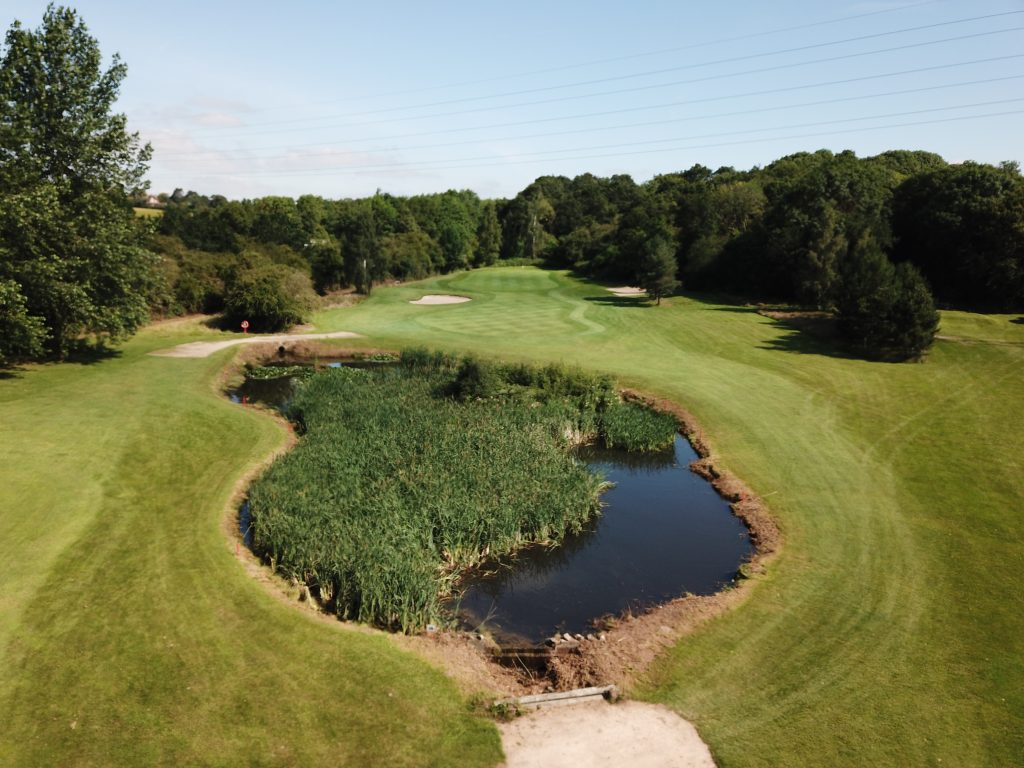
What nutrition programme do you run across the course and how often do you apply?
At the start of the season in April we will apply 17-0-6+6 percent fe slow release fertiliser on the greens which will last three months and in between we will spray whatever the greens require, such as calcium, potash and so on.
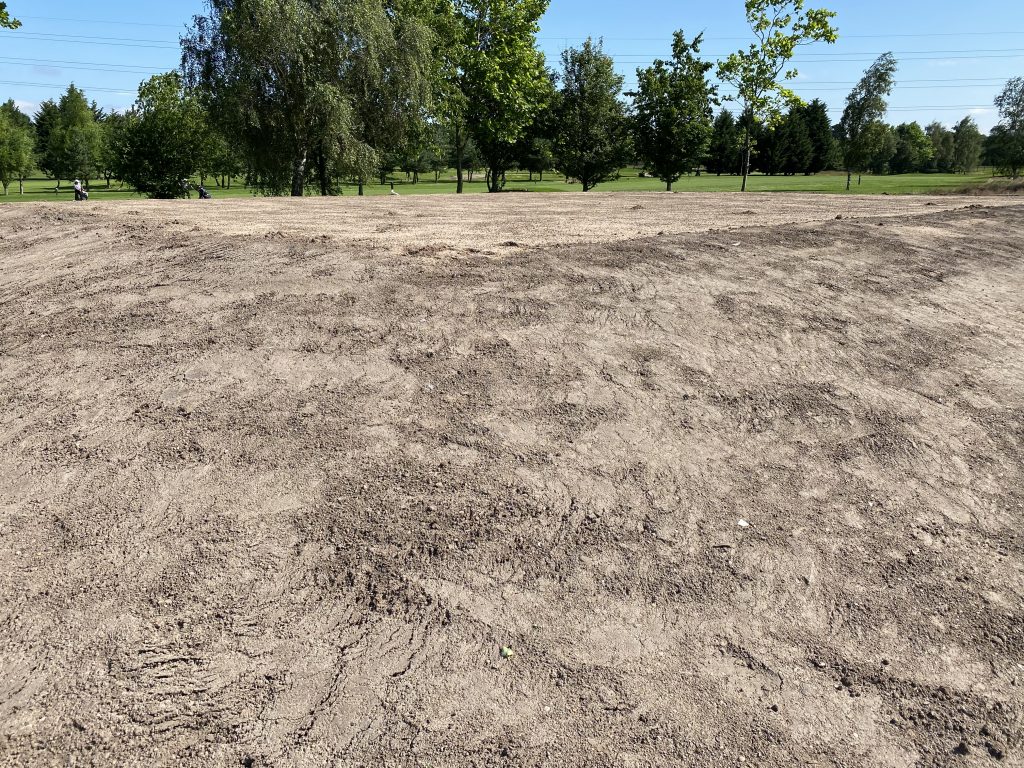
What machinery fleet are you currently using and what piece of kit impresses you?
John Deere is our main machinery and out of these the ProGator with the top-dresser is the most impressive because we can now top-dress all of the greens in four hours which helps in time and labour.
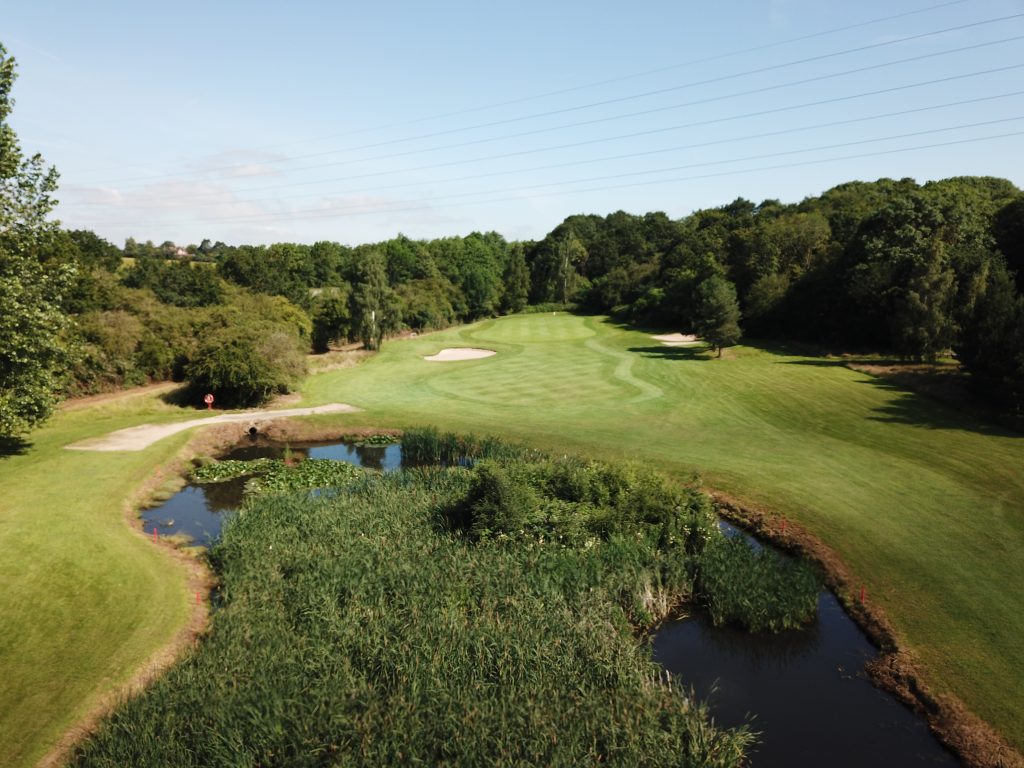
What height of cut are you using across the course?
Greens are cut at 3.5mm and, with the help of good top-dressing and a turf iron, this helps us keep a healthy speed. Tees are cut at 13mm, fairways are cut at 17mm and rough to two inches.
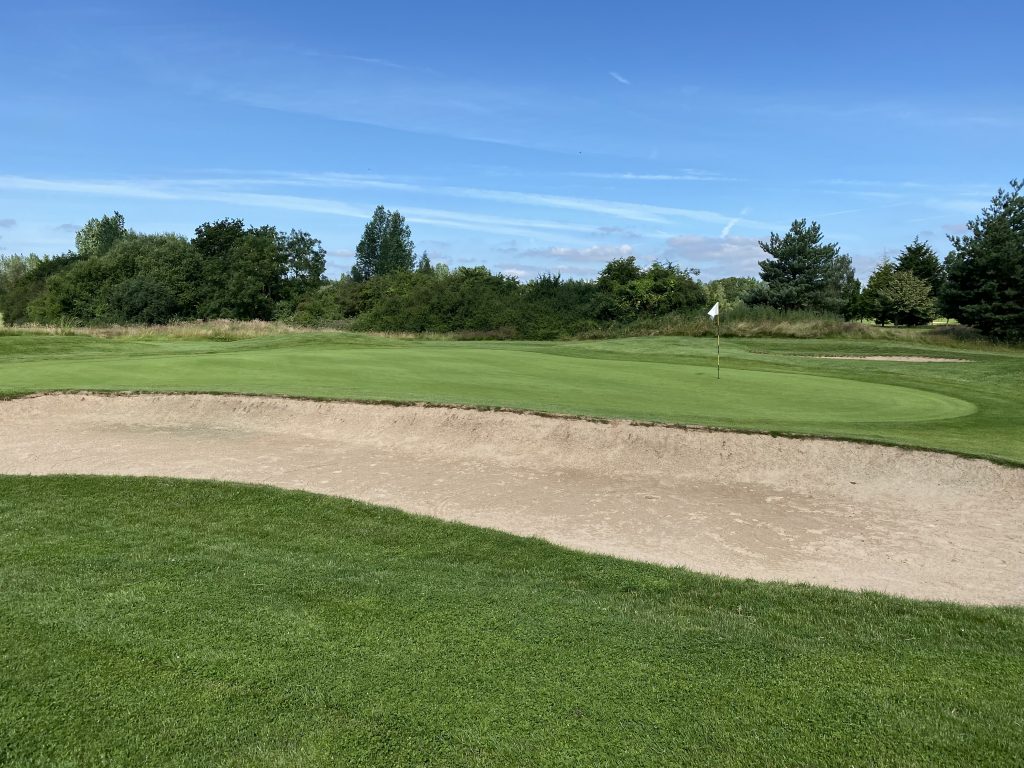
A number of greens and tees have been rebuilt recently, exactly what work was undertaken and what results have you seen and are the members happy with the outcome?
Four greens were rebuilt in autumn 2019 and in play by the summer of 2020. The greens were re-constructed by Pat Quinn who had constructed the greens at the new course at JCB. He has just built four new tees this year with a view to re-construct three more tees in the autumn.
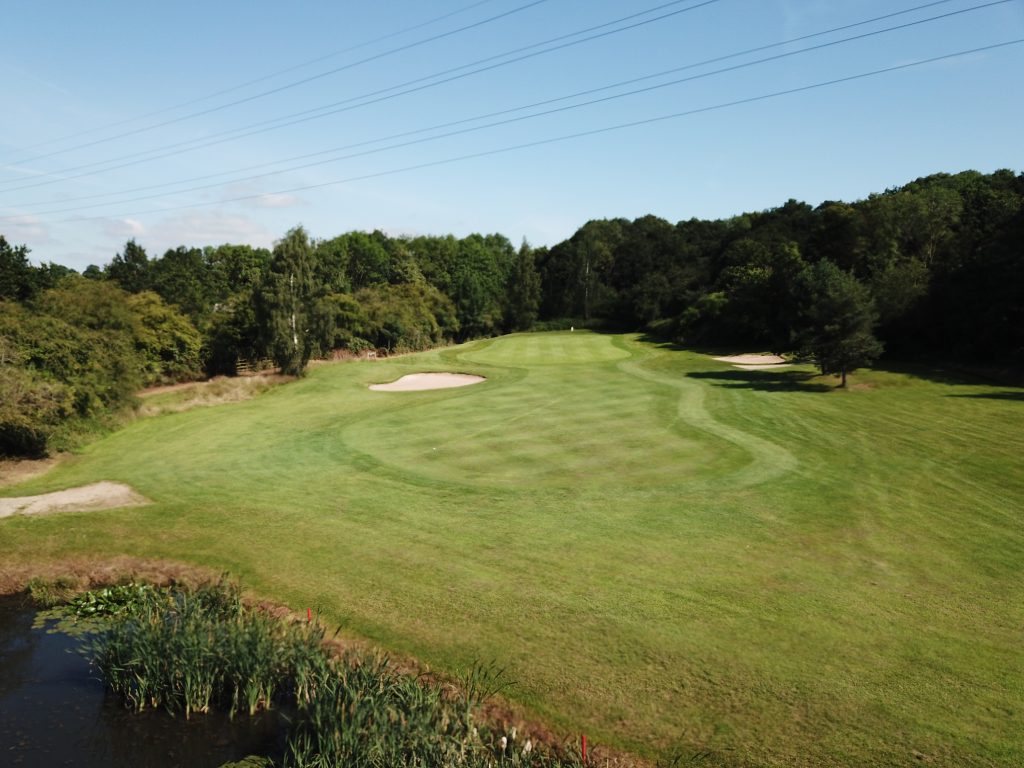
What do you think are the strengths that have carried you through your career and how will these strengths lend themselves to the shaping of the club for the years to come?
My strengths are that I would never ask someone to do a job that I wouldn’t do myself. In a small team you have to be prepared to sometimes roll up your sleeves and get stuck in.
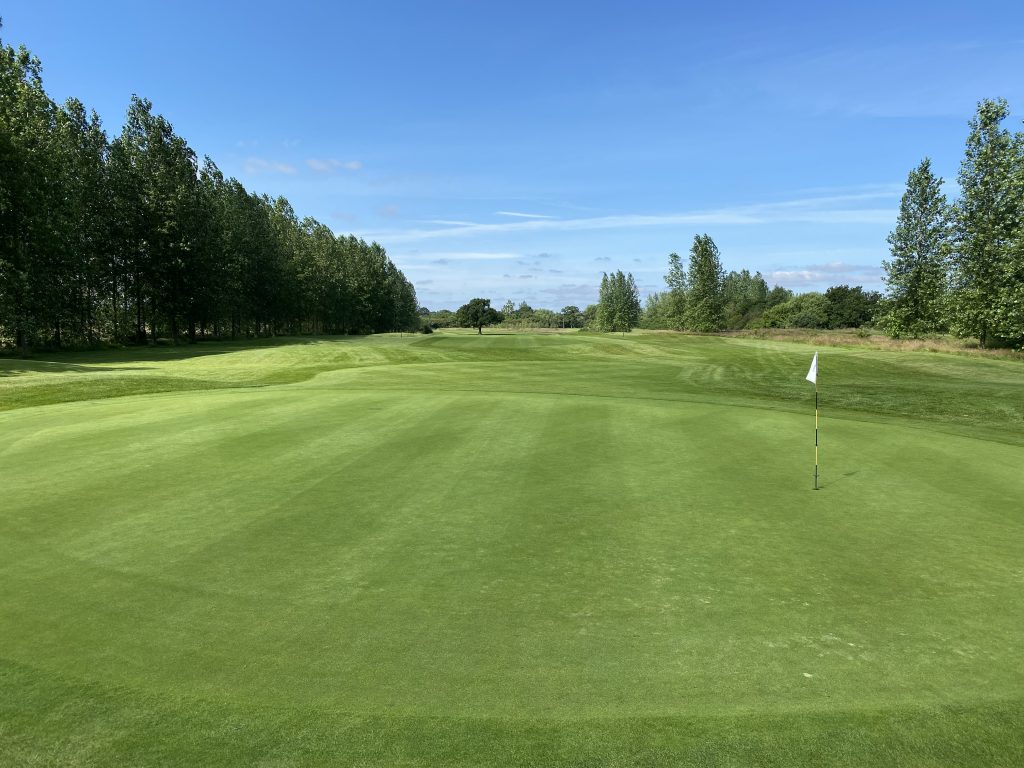
The course has a dense surrounding of trees, what management programme do you operate and how challenging is this?
With a small number of staff, we can only really do any tree management in the winter months but there is a definite need to improve certain areas which includes tree management.
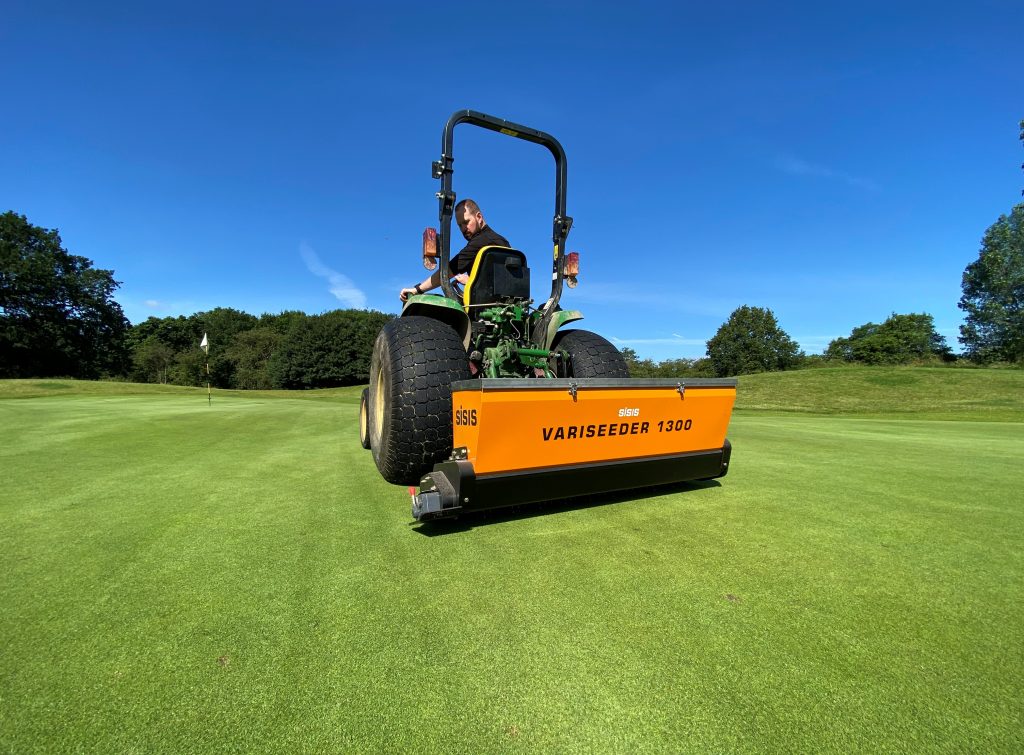
What projects are you looking to undertake to improve the course in the next year and will the work be done in-house?
We are still looking to reconstruct several greens and tees and need a bunker construction programme at some point in the future. The work will be carried out again by Pat Quinn and his team.
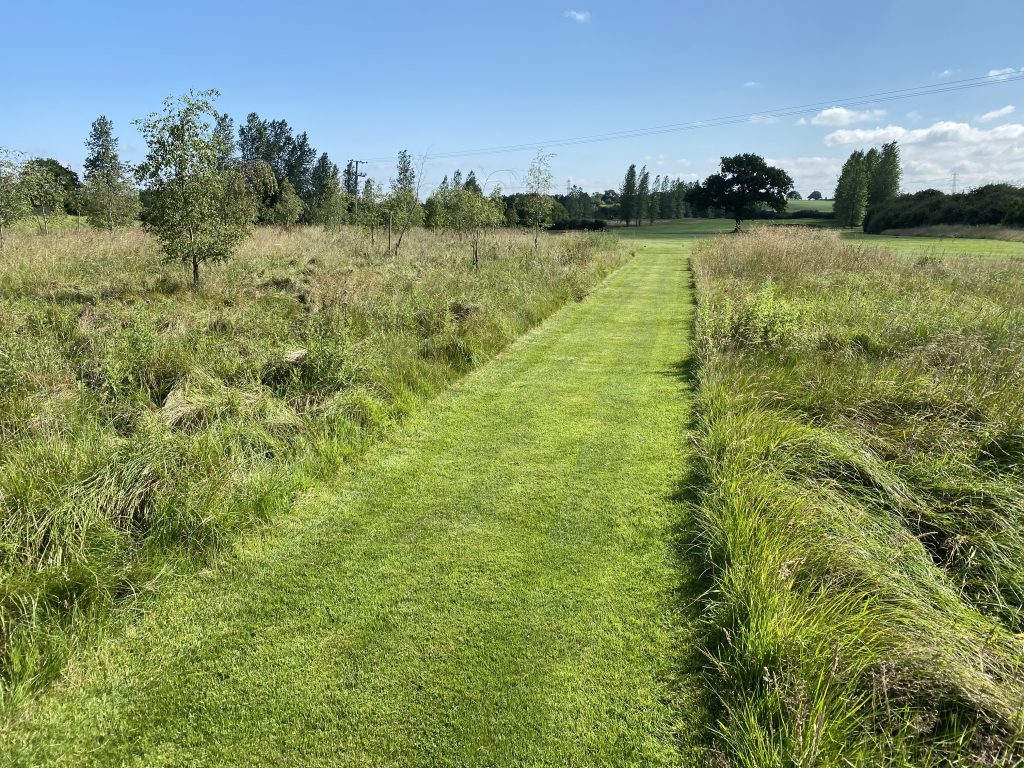
Mentors and colleagues are important to each of us when working. Looking back, who would you say had the biggest influences on where you are today and what do you find rewarding when working as part of a small hard working team?
Looking back, only one person stands out to me which was the local farmer, Richard Wallis, who took on the running of the golf course after the previous tenants left. Being a farmer, he didn’t really stop working after 6pm had come and gone. In the early years, there was only really Richard and me who, with poor equipment, maintained the golf course. Nowadays, with Richard retiring in his 70s, life is a little easier with an investment in better machinery and construction of new greens and tees by Martin Bevan and at least two more staff. One of whom, Stuart Wood, has made a significant impact on the golf course’s presentation, working hard on the cutting aspects of the course.

Rob Powe, the club’s apprentice greenkeeper
What do you think are the qualities now needed to meet the requirements and demands of golfers by someone in your position and how does this help contribute to the business of golf?
I am old school so with the help of my two main greenkeepers we are able, between us, to sort out most problems on the course. We have had very good advice from our main supplier, Richard Ellesmere of Jenko, which is a small company but he carries a wealth of knowledge of the industry and also will talk common sense in a difficult scenario.
What currently gives you the greatest satisfaction from your job?
I get great satisfaction driving around the course on a Friday afternoon knowing that although some things weren’t achieved in that week, we couldn’t have done a better job of presenting an enjoyable course to play. Our apprentice Rob Powell was thrown in the deep end having been told after we lost an experienced member of staff that he now would be cutting all the tees, all the surrounds and, amongst other things, all the fairways. Rob not only completed these tasks, he did so with an expertise above his years. Sometimes, when things go wrong, you just have to take it on the chin and get on with it.
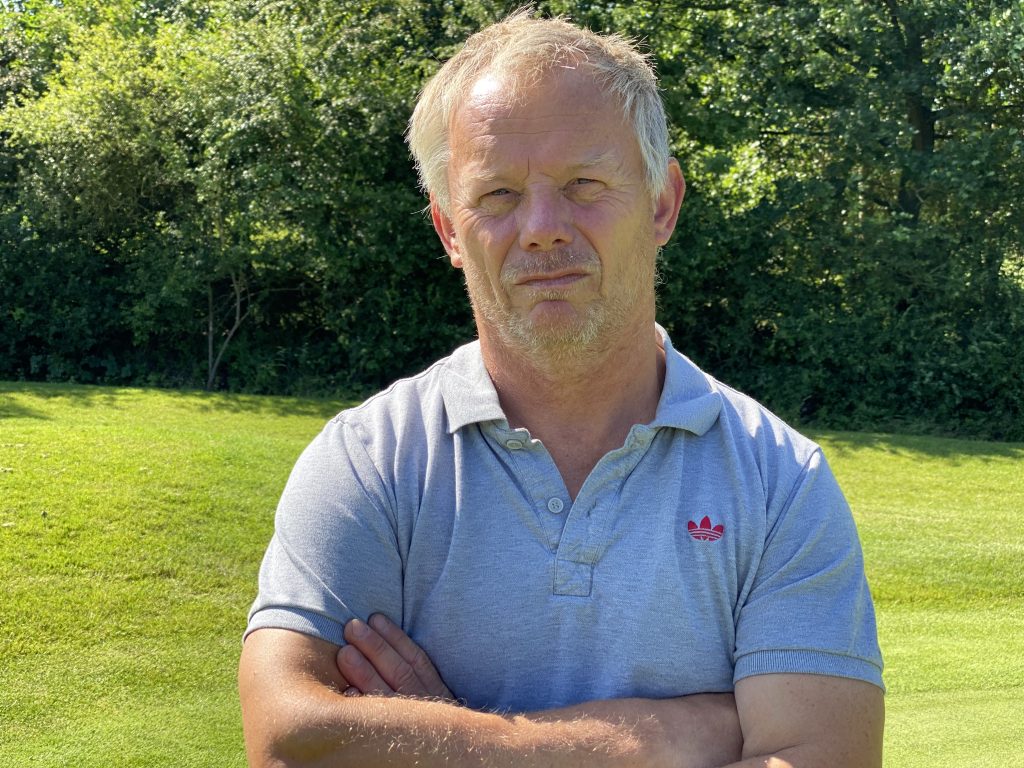
Simon Marshall
With your experience, what advice would you give to youngsters starting out and wanting to pursue a career in the profession?
My advice to any young greenkeeper would be to work hard, be prepared to do the job that no-one else would do and also qualify with as many qualifications that will help your career in the future. Also, listen to the guys that have done it before and never be afraid to give your opinion across to senior members of staff.
What changes do you think need to be made to benefit the industry sector and profession of the greenkeeper?
Golf courses seem to be becoming evermore busier which means some important jobs like hollow-coring are becoming harder to achieve. Some golfers seem to think that this is just another disruption to their day-to-day enjoyment of playing golf. Better understanding of the greenkeeper’s role would seem to be a step in the right direction.

























